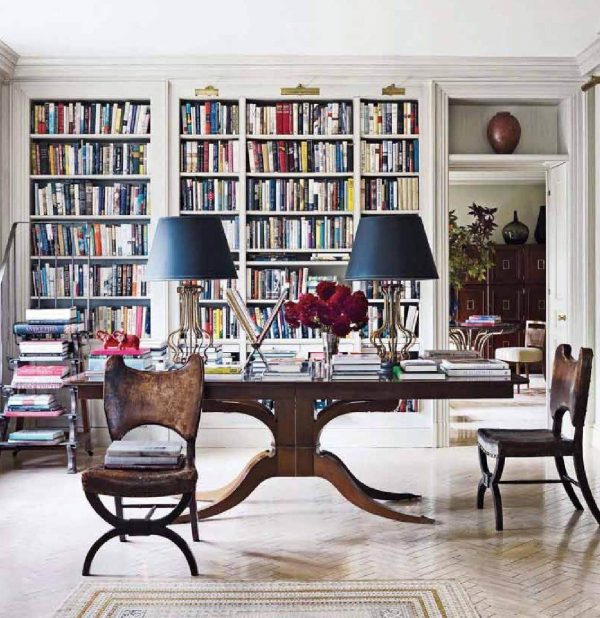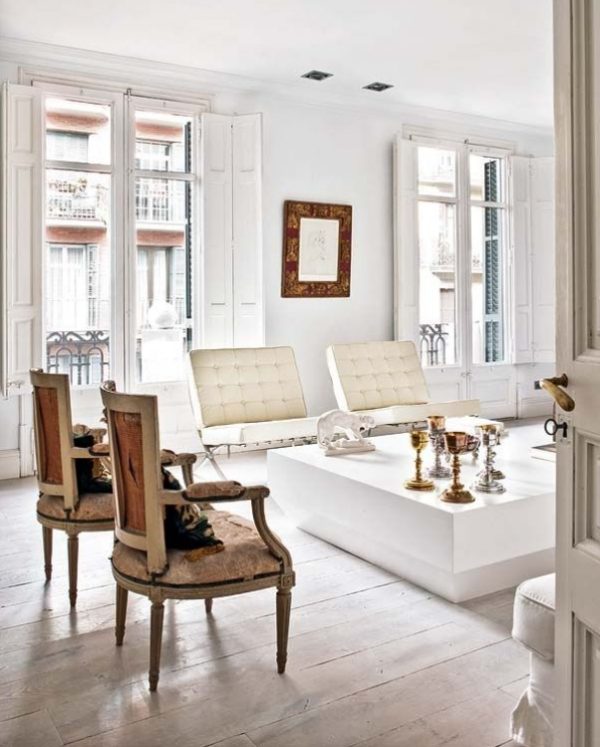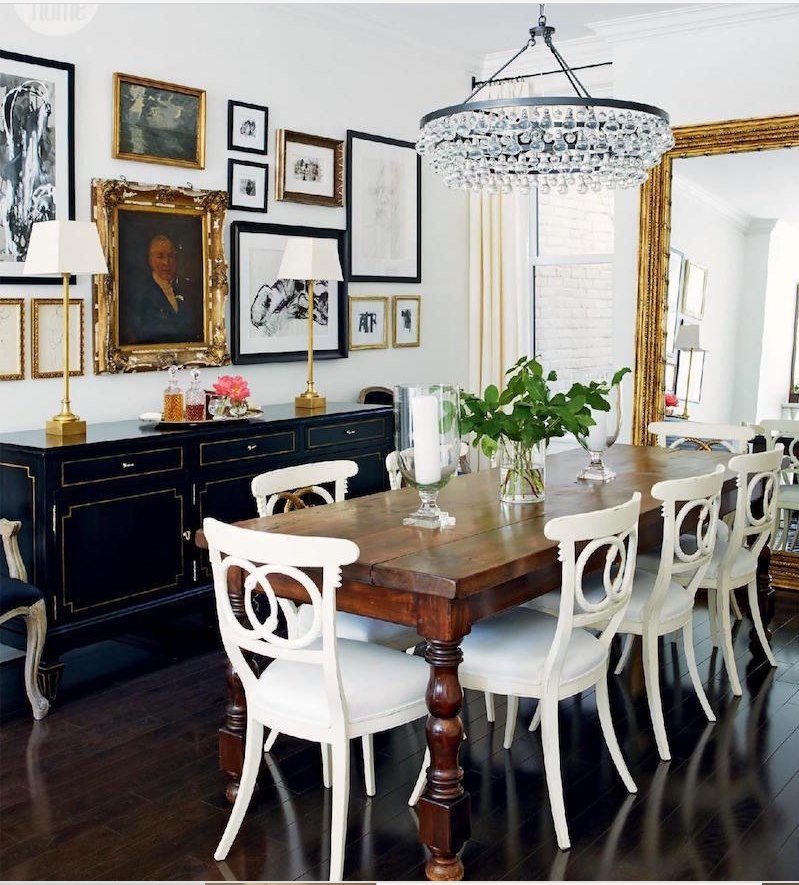Whether you are a novice collector or a seasoned aficionado, there is a unique language to antiquing. From 20th-century interiors such as Downton Abbey’s Highclere Castle to 21st-century homes, sourcing antique furniture requires certain skills, general antiquing knowledge and training your eye to ensure the pieces you purchase will not only add a sense of story to your space, but will be authentic investment pieces that will offer longevity and timeless style.
As you scout for armoires, chaises and chests of drawers to Tiffany desk lamps, crystal chandeliers and decorative objets d’art, you need to know your Chesterfield from your Chippendale, your Rococo from your Baroque, and your Louis XVI from your George I – just for starters. Then you need to differentiate between mahogany, imbuia, rosewood and walnut. But that is the wonder and delight of becoming a collector and appreciating the history, utilitarian backstory and status of each piece of antique furniture.
When you buy an antique piece – you are buying a piece of the past. You need to be in love with it because any period piece deserves to become a design statement and conversion piece in your home.
But any discerning collector of antique furniture needs the simple basics and definitions of what sets an antique piece apart from its vintage counterpart.
Antique Furniture
In broad terms, antique furniture has a higher value because of its age, quality, rarity, handmade craftsmanship, fine artistry and period detailing. (It is not just any item that is really old).
Most antique dealers and experts are agreed that to earn the label ‘antique,’ a piece of furniture needs to be at least 100 years old. (Fine antique dealers consider objects 150 years and older to be antique).
Shopping for antiques should be viewed in the same way as buying original art. Whilst some items can be purchased as an investment, many buyers purchase antique pieces simply for their love of an item – the style, look and feel. Antique furniture and accessories should be enjoyed in your spaces, giving depth, individuality and interest as well as growing in value over time as they become more scarce and harder to source.

Vintage Furniture
“An item described as ‘vintage’ should speak of the era in which it was produced.” – Ruby Lane
What makes vintage items highly collectable and valuable is their recognisable qualities that are unique to the specific era in which they were made. Generally speaking, to be termed ‘vintage,’ a piece needs to be at least 30 – 99 years old. Shopping for vintage pieces also includes an element of nostalgia. (But once again, not everything that falls into this timeline is vintage).
‘Mid-century modern’ is currently a vintage trend that is very popular among designers and collectors, and authentic pieces from that era are highly sought after. Characterised by simplicity and functionality, the ‘Mid-century modern’ movement was started by Bauhaus architects and designers who moved to America from Germany after WWII.

The Crown Collection
Sourcing antique furniture is an exciting pastime. A visit to The Crown Collection is not only an elegant step back in time, but it is also an opportunity to be surrounded by beautifully curated antique and vintage pieces that will add interest, character and design depth to your home. Stepping into our showroom is reminiscent of stepping into a London, New York or Paris emporium.
As one of South Africa’s finest and largest interior decor stores, our collection houses over 5000 pieces of carefully hand-picked decorative antique, French, vintage and contemporary pieces that will appeal to any collector. The Crown Collection is your “one-stop-shop” for the discerning buyer.


 Whatsapp us now
Whatsapp us now